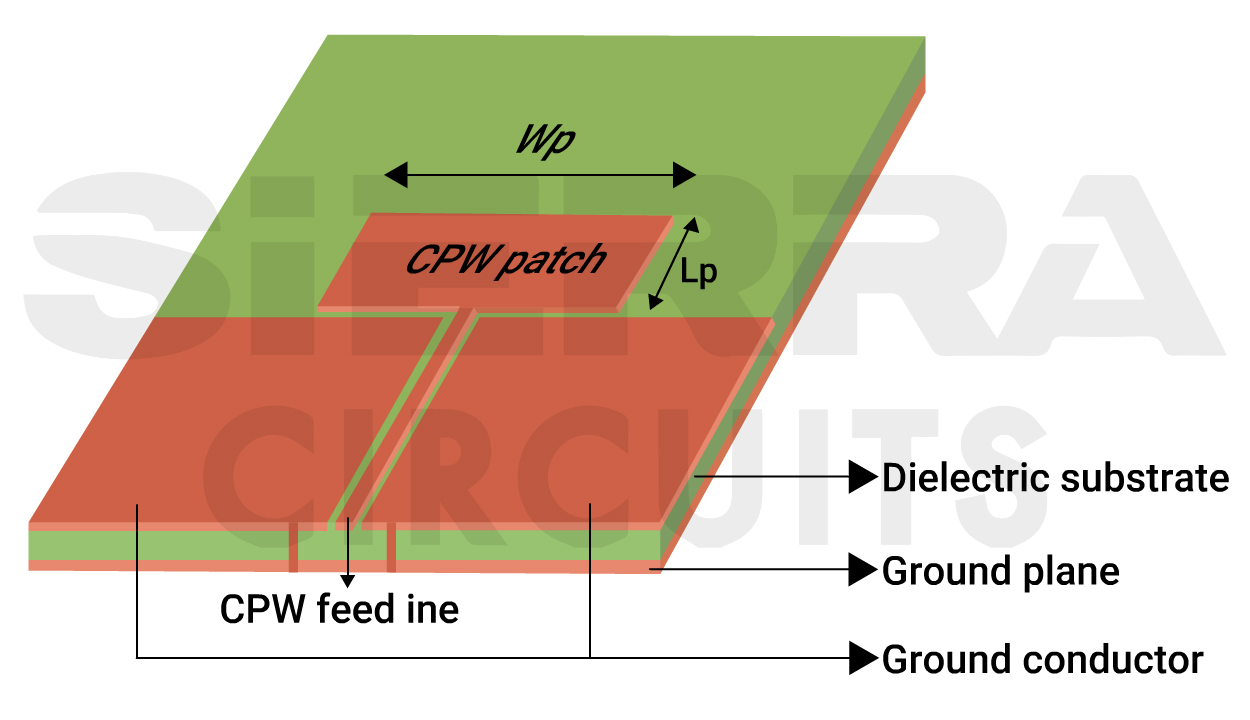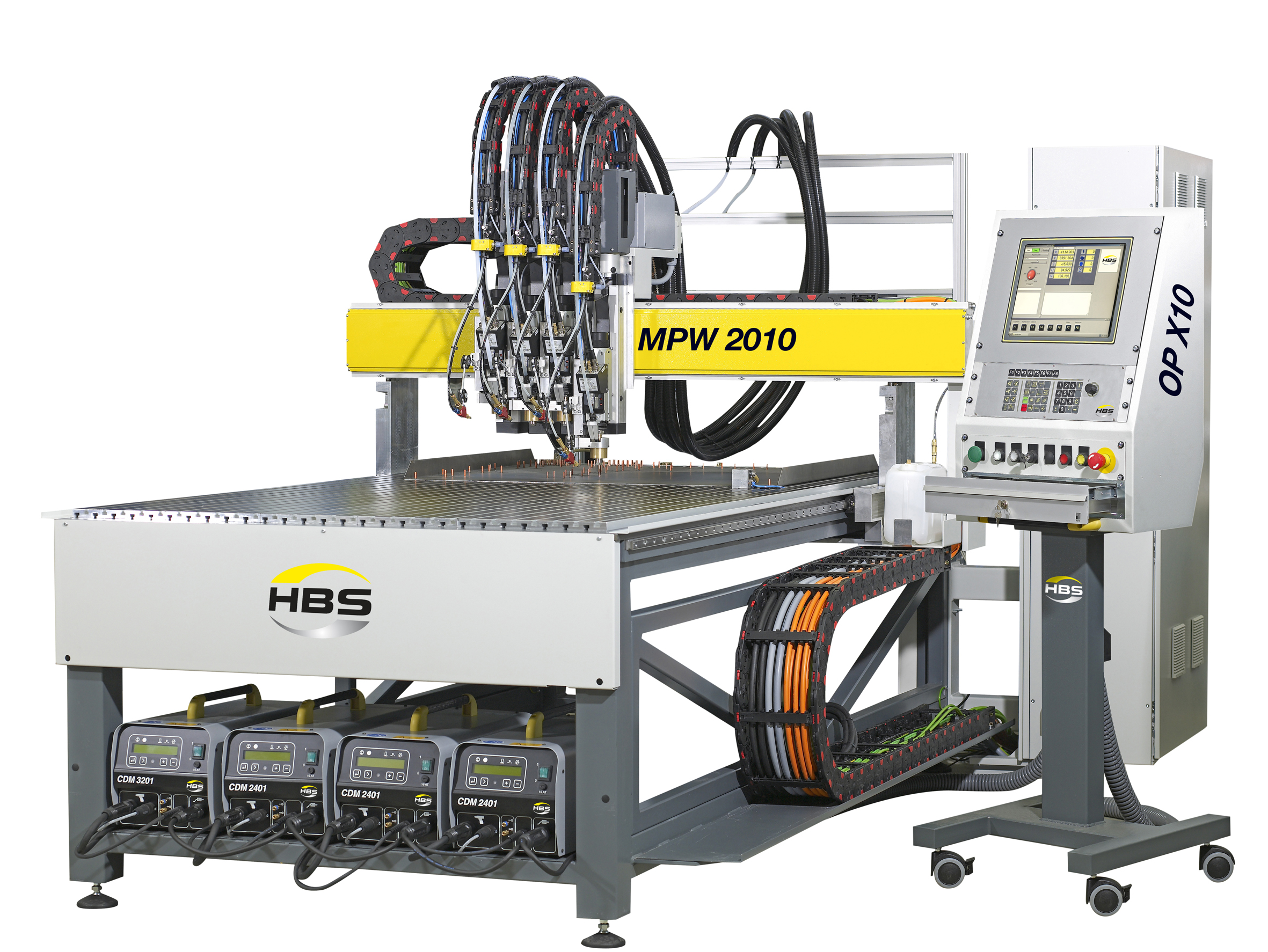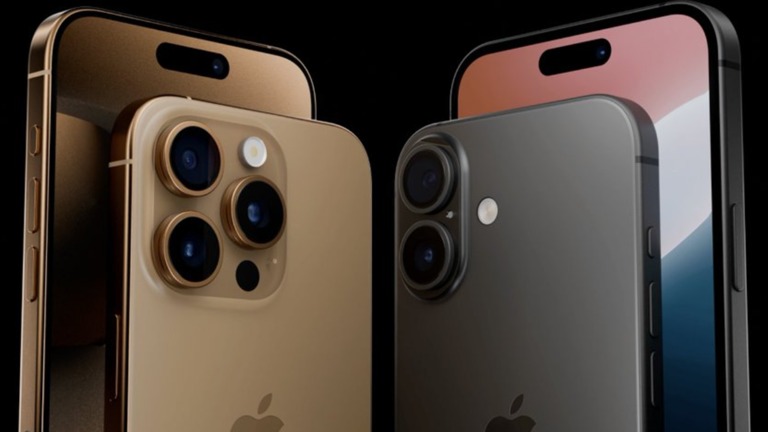Imagine preparing for a project where the basic definitions could make or break your plans. Let’s say you’re an architect on the verge of a new design project. You might hear terms like MPW CPW thrown around, but without a solid grasp of these concepts, navigating your project could become a muddled mess. This post aims to clarify these key concepts and terms, ensuring you walk away confident and informed.
What is MPW?
Definition of MPW
MPW stands for Maximum Possible Width. It’s a term often used in project management, engineering, and design. Simply put, it refers to the greatest width that a project can accommodate without compromising its integrity or functionality. Think of it like the maximum size of a canvas for an artist. If you have a larger canvas, you can create bigger and bolder artwork. Similarly, understanding the MPW helps in planning projects more effectively.
Importance of MPW CPW in Project Management
Why should you care about MPW? Well, it plays a crucial role in project management. Here are some key points to consider:
- Project Constraints: MPW CPW emphasizes the significance of width in project constraints. If you know the maximum width, you can better manage resources and time.
- Design Flexibility: Knowing the MPW CPW allows for more creative designs. It gives you the freedom to explore various options without exceeding limits.
- Risk Management: Understanding the MPW CPW can greatly influence the planning stage of any project. It helps identify potential risks early on, allowing for better mitigation strategies.
Imagine trying to fit a large piece of furniture through a narrow door. If you don’t know the width of the door, you might end up with a costly mistake. The same logic applies to projects. Without a clear understanding of MPW, you risk running into problems that could derail your project.
Applications of MPW in Various Industries
MPW isn’t just a buzzword; it has real-world applications across different sectors. Here are a few examples:
- Engineering: In engineering, MPW is vital for structural designs. Engineers must determine the maximum width of bridges, buildings, and other structures to ensure safety and functionality.
- Architecture: Architects use MPW to create layouts that optimize space. It helps them design buildings that are not only aesthetically pleasing but also practical.
- Manufacturing: In manufacturing, MPW helps in the layout of machinery and production lines. Knowing the maximum width can streamline operations and improve efficiency.
- Transportation: In the transportation industry, MPW is crucial for vehicle design. It ensures that vehicles can navigate through roads and bridges safely.
As you can see, MPW is a fundamental concept that impacts various aspects of project management and design. Whether you’re an engineer, architect, or project manager, understanding MPW can enhance your decision-making process.
Conclusion
In summary, MPW CPW is more than just a technical term. It encapsulates a critical aspect of project planning and execution. By grasping the concept of Maximum Possible Width, you can navigate through your projects with greater confidence and efficiency. Remember, knowing your limits can open up a world of possibilities.
What is CPW?

Definition of CPW
CPW stands for Controlled Possible Width. It is a term used primarily in design and engineering contexts. But what does that mean?
Imagine you are working on a project that requires precise measurements. CPW helps you maintain those measurements while ensuring that the design remains feasible and efficient. It’s about controlling the dimensions to fit within the project’s constraints.
In simple terms, CPW is all about keeping things manageable. This is crucial when you’re dealing with complex designs where even a small error can lead to significant issues down the line.
How CPW Complements MPW
Now, you may be wondering how CPW interacts with another term: MPW, or Maximum Possible Width. Think of CPW as the partner that keeps MPW in check Lillienu.
While MPW defines the absolute limits of your design, CPW ensures that you stay within those limits without compromising the integrity of the project. It’s like having a safety net. You can push the boundaries, but CPW keeps you grounded.
- CPW provides control: It allows you to explore the maximum dimensions without losing sight of the practicalities.
- Design integrity: By maintaining manageable dimensions, CPW helps to preserve the overall design quality.
- Feasibility: With CPW, you can assess what is realistically achievable, which is essential for successful project execution.
Common Misconceptions About CPW
There are a few misconceptions that often surround CPW. Let’s clear those up!
- Misconception #1: CPW is just another technical term with no real application.
- Reality: In fact, CPW is crucial for ensuring that projects are not only feasible but also efficient. It’s not just jargon; it’s a practical tool.
- Misconception #2: CPW limits creativity.
- Reality: On the contrary, by providing a framework within which you can operate, CPW can enhance creativity. You can innovate while still adhering to the necessary guidelines.
- Misconception #3: CPW is only relevant for large-scale projects.
- Reality: Whether your project is big or small, CPW can be beneficial. It helps in maintaining control over dimensions, which is important regardless of the project size.
“CPW provides the necessary control for complex projects, ensuring feasibility and efficiency.”
Understanding CPW is essential for anyone involved in design and engineering. It’s not just about following rules; it’s about making informed decisions that lead to successful outcomes. By grasping the concept of Controlled Possible Width, you can enhance your project management skills and ensure that you are always working within a framework that promotes efficiency and effectiveness.
So, the next time you embark on a project, remember the importance of CPW. It’s not just a concept; it’s a vital aspect of maintaining design integrity and achieving project goals. Embrace it, and you’ll find that your projects are not only more manageable but also more successful.
Differences Between MPW CPW

In the world of project management and resource allocation, two terms frequently arise: MPW CPW. While they may sound similar, they represent very different concepts. Understanding these differences is essential for anyone involved in project planning or execution. Let’s break it down.
1. Clear Distinction in Terminology
First off, what do MPW and CPW stand for? MPW stands for Maximum Possible Work, while CPW stands for Current Possible Work. The key difference lies in their definitions:
- MPW: This term refers to the theoretical maximum amount of work that can be accomplished in a given time frame. It’s like saying, “If everything goes perfectly, this is what we can achieve.”
- CPW: This is more practical. It represents the actual amount of work that can be completed given current resources, constraints, and conditions. Think of it as, “Based on our current situation, this is what we can realistically achieve.”
So, why does this distinction matter? If you only focus on MPW, you might set unrealistic goals. Conversely, if you only consider CPW, you might underestimate your team’s potential. The balance between the two is crucial.
2. Examples to Illustrate Differences
Let’s consider a simple example. Imagine a construction project:
- If the project manager estimates that the team can construct 10 houses in a month (MPW), they might plan resources accordingly. However, if they only have enough labor and materials to build 5 houses (CPW), they are setting themselves up for failure.
- In another scenario, a software development team might project that they can develop a new app feature in two weeks (MPW). But if they encounter unforeseen bugs or staff shortages, the actual time may stretch to a month (CPW).
These examples highlight how crucial it is to differentiate between what is theoretically possible and what can realistically be achieved.
3. Why Understanding the Difference is Crucial
Now, you might wonder, “Why should I care about these terms?” Here are a few reasons:
- Effective Planning: Recognizing the difference helps in setting achievable goals. This leads to better project planning and resource allocation.
- Resource Management: By knowing what is realistically possible, teams can manage their resources more efficiently. This can save both time and money.
- Team Morale: Setting achievable goals (based on CPW) can boost team morale. When teams meet their targets, they feel accomplished. On the other hand, consistently missing targets (due to unrealistic MPW goals) can lead to frustration.
As the saying goes, “Knowing when to apply MPW versus CPW can save time and resources on a project.” This quote encapsulates the importance of understanding these terms in practical scenarios.
4. Practical Applications
How can you apply this knowledge in your work? Here are a few tips:
- Assess Your Resources: Before setting goals, take a good look at your team and resources. What is realistically achievable?
- Set Clear Goals: Use MPW as a guideline, but anchor your goals in CPW. This way, you can aim high while staying grounded.
- Review and Adjust: Regularly review your projects. If you find that your CPW is significantly lower than your MPW, it may be time to adjust your expectations or resources.
Incorporating these strategies can lead to more successful projects and satisfied teams.
5. Conclusion
In summary, the differences between MPW and CPW are not just academic; they have real-world implications. By understanding these concepts, you can enhance your project management skills and drive your team toward success.
Importance of MPW CPW in Project Planning

When it comes to project planning, understanding key terms is crucial. Two such terms are MPW CPW. You might be wondering why these terms matter. Well, they play a significant role in how projects are designed and executed. Let’s break down their importance.
Impact on Design Processes
First off, let’s look at how MPW and CPW affect design processes. These terms help define the boundaries within which a project can operate. Think of MPW as the minimum width necessary to ensure that a project can be completed. If you don’t meet this minimum, the project might face issues that could derail it.
On the other hand, CPW is the critical width that, if crossed, could lead to project failure. Understanding these limits can help you make informed decisions about design choices. For instance, if you are designing a new building, knowing the MPW can inform you about the minimum space needed for structural integrity. If you’re not careful, you could end up with a design that simply doesn’t work.
Role in Project Timelines
Next, let’s consider the role of MPW and CPW in project timelines. Time is often of the essence in project management. Delays can be costly. If you misinterpret what MPW and CPW mean, you might set unrealistic timelines. Imagine planning a project without taking these factors into account. It’s like trying to race a car without knowing the track. You could end up off course.
- Setting realistic deadlines: Knowing the MPW helps you estimate how long tasks will take.
- Avoiding rework: Understanding CPW can prevent you from making costly mistakes that require revisiting completed tasks.
- Streamlining processes: Clear definitions lead to better workflow management.
By grasping these concepts, you can create a timeline that is both achievable and efficient. This means you can deliver projects on time without compromising quality.
Real-life Implications of Misinterpretation
Now, let’s talk about the real-life implications of misinterpreting MPW CPW. The stakes are high. Misunderstanding these terms can lead to project delays, increased costs, and even project failure. You might think that these are just technical terms. But in reality, they can make or break a project.
For example, consider a construction project. If the team miscalculates the MPW, they might start building without enough space, leading to structural issues later. This could mean tearing down parts of the building and starting over. Can you imagine the costs involved? It’s not just about money; it’s about time and resources wasted.
Or think about a software development project. If the CPW is misinterpreted, the team might push features that aren’t viable, leading to a product that doesn’t meet user needs. This can result in bad reviews and loss of customers. The implications are far-reaching.
“Planning without understanding MPW CPW is like sailing without a compass.”
In essence, these terms guide you through the planning process. They help you avoid pitfalls that could derail your project. It’s essential to incorporate both MPW CPW into your planning strategy. This way, you can ensure that your project remains on track and within budget.
Effective Planning Incorporates Both Terms
Effective planning is about more than just timelines and budgets. It’s about understanding the nuances of your project. When you incorporate both MPW CPW, you create a framework that supports your goals. This is not just about ticking boxes; it’s about setting yourself up for success.
- Assessing risks: Knowing your MPW CPW allows you to identify potential risks early.
- Improving communication: Clear definitions help all team members understand project boundaries.
- Enhancing collaboration: With a shared understanding, teams can work more effectively together.
Ultimately, understanding MPW CPW is essential for anyone involved in project planning. These terms are not just jargon; they are vital components that can significantly impact your project’s outcome. So, take the time to familiarize yourself with them. Your future projects will thank you.
Practical Applications of MPW CPW

When discussing MPW CPW, it’s crucial to understand how these concepts translate into real-world applications. You might wonder, what does this mean for your projects? How can these terms improve your work? Let’s explore some practical applications.
1. Case Studies Where These Concepts Played a Role
Case studies provide a clear picture of how MPW CPW functions in various settings. For instance, in the semiconductor industry, MPW has been instrumental in reducing costs. Imagine a scenario where multiple designs are fabricated on a single wafer. This approach not only saves money but also accelerates the time to market.
Another example can be found in the telecommunications sector. CPW technology plays a vital role in the design of high-frequency circuits. A notable case involved a company developing a new 5G network. By using CPW, they achieved better performance in signal integrity and reduced losses. This led to a more reliable network, which is crucial for modern communication.
2. Sector-Specific Examples
Different sectors interpret MPW CPW uniquely. Let’s break it down:
- Telecommunications: As mentioned, CPW is essential for high-frequency applications. It allows for compact designs that are necessary for today’s small devices.
- Consumer Electronics: MPW is frequently used in producing chips for smartphones and tablets. This method enables manufacturers to test various designs without incurring high costs.
- Aerospace: In this sector, reliability is key. CPW is used in radar and communication systems, ensuring that signals are transmitted effectively even in challenging environments.
Each sector has its own set of challenges. Understanding how MPW CPW applies can help you navigate these challenges better.
3. Suggestions for Incorporating These Concepts in Projects
Are you looking to integrate MPW CPW into your projects? Here are some practical suggestions:
- Evaluate Your Needs: Start by assessing what you need for your project. Are you developing a high-frequency circuit? If so, CPW might be the way to go.
- Consider Cost-Effectiveness: If you’re working on multiple designs, MPW can save you money. Think about how you can implement this approach in your manufacturing process.
- Stay Updated: Technology is always evolving. Keep an eye on industry trends related to MPW CPW. This knowledge can give you a competitive edge.
Incorporating these concepts can lead to more efficient designs and better performance in your projects.
Real-World Applications Provide Clarity
Understanding MPW CPW through real-world applications helps clarify their significance. These concepts are not just theoretical; they have tangible benefits that can enhance your work. By applying what you learn, you can make informed decisions that lead to better outcomes.
Different Sectors May Interpret These Terms Uniquely
It’s important to remember that the interpretation of MPW CPW can vary across different sectors. What works in telecommunications might not be directly applicable to consumer electronics. Therefore, tailor your approach based on the specific requirements of your field.
“The best practices stem from a solid foundation built on understanding MPW CPW.”
This quote underscores the importance of grasping these concepts fully. When you have a solid understanding, you can implement best practices that lead to success.
In conclusion, the practical applications of MPW CPW are vast and varied. Whether you are in telecommunications, consumer electronics, or aerospace, understanding these concepts can enhance your projects significantly. By examining case studies, sector-specific examples, and practical suggestions, you can leverage MPW and CPW to your advantage.
Conclusion
As we wrap up our discussion on MPW CPW, it’s essential to reflect on the importance of these concepts in today’s fast-paced work environment. Understanding the differences and applications of MPW CPW can significantly impact how you manage projects, allocate resources, and achieve your goals.
Summarizing the Importance of Both Concepts
MPW CPW are not just buzzwords. They represent two distinct approaches to project management that can shape your workflow. MPW focuses on handling multiple projects simultaneously, allowing for a diverse range of outputs. This can be especially beneficial in creative industries, where juggling several tasks can lead to innovative solutions and ideas.
On the other hand, CPW emphasizes the ongoing nature of project work. It focuses on maintaining a steady flow of tasks and deliverables, ensuring that projects progress without interruption. This approach is crucial for teams that require consistency and reliability in their workflows. By understanding these concepts, you can make informed decisions about which method suits your needs best. Are you leaning towards one approach over the other?
Encouragement for Further Exploration and Learning
Don’t stop here. The world of project management is vast and continuously evolving. There’s always more to learn. Explore various methodologies, tools, and techniques that can enhance your project management skills. Whether you choose to dive deeper into Agile, Scrum, or Lean practices, the key is to stay curious and adaptable. You may find that blending elements from both MPW CPW could create a hybrid model that works best for your team.
Consider this: What if you could combine the flexibility of MPW with the consistency of CPW? The possibilities are endless when you keep an open mind. Engaging with communities, attending workshops, or reading up on the latest trends can provide you with fresh insights and perspectives.
Final Thoughts on Applying MPW and CPW in Projects
In the end, how you apply MPW CPW in your projects depends on your specific goals, team dynamics, and the nature of the work. If you find yourself in an environment that thrives on creativity and innovation, MPW might be the way to go. Conversely, if your projects require a steady pace and predictable outcomes, CPW could serve you better.
It’s crucial to assess your unique situation. Ask yourself: What challenges am I facing? What does my team need to succeed? By evaluating these questions, you can align your project management approach with your objectives. Remember, the ultimate goal is to enhance productivity while maintaining quality.
As you move forward, keep these concepts in mind. They can serve as valuable tools in your project management toolkit. Don’t hesitate to experiment with different strategies and adapt them to your needs. The more you understand MPW CPW, the better equipped you will be to tackle any project that comes your way.
So, take action! Dive deeper into MPW CPW, explore their nuances, and discover how they can elevate your projects. With the right mindset and approach, you can transform your project management practices and achieve remarkable results.
FAQs about MPW CPW
When you’re diving into the world of rendering technologies, you might come across terms like MPW CPW. These can be confusing at first. You’re not alone if you have questions. Here are some common inquiries newcomers often have, along with clarifications and resources to help you further.
Common Questions Newcomers Ask
- What is MPW?
MPW stands for Multi-Project Wafer. It’s a method used in semiconductor manufacturing where multiple integrated circuit designs are fabricated on a single wafer. This approach is cost-effective, especially for smaller production runs. It allows different designs to share the same fabrication process, reducing expenses significantly. You might wonder, why is this beneficial. Well, it allows startups or smaller companies to prototype without the hefty costs associated with full production runs. - What about CPW?
CPW refers to Chip-on-Wafer technology. Instead of placing chips onto a substrate, this method involves directly mounting chips onto a wafer. This can enhance performance and reduce the overall size of the package. Think of it like stacking building blocks. The more efficiently you stack them, the less space you use. - Are MPW CPW interchangeable?
Not really. While both relate to semiconductor manufacturing, they serve different purposes. MPW is about sharing costs and resources among different designs, while CPW focuses on how chips are physically arranged and connected.
Clarifications on Doubts or Confusions
Many newcomers often feel overwhelmed by these terms. Here are some clarifications:
- Cost-Effectiveness: MPW allows for significant savings. By sharing a wafer, multiple designs can be produced without incurring the full cost of a dedicated wafer for each design.
- Design Flexibility: MPW offers flexibility in design. You can test various designs on a single wafer, making it easier to iterate without committing to a full run.
- Performance Benefits: CPW can enhance performance due to shorter interconnects. This means faster communication between chips, which can be crucial for high-speed applications.
- Space Savings: CPW can lead to smaller device footprints. If you’re looking to create compact electronic devices, this could be a key factor.
Resources for Further Reading
If you’re eager to learn more, there are some excellent resources available:
- Semiconductor Industry Association – A comprehensive source for industry news and trends.
- Electronics Weekly – Offers articles and insights into the latest technologies and practices in electronics.
- IMEC – A research hub that delves into advanced semiconductor technologies.
- EDA Consortium – Focuses on Electronic Design Automation, which is crucial for understanding chip design.
Answering frequent concerns can aid your understanding of MPW CPW. Don’t hesitate to seek out additional information. If you have questions, feel free to reach out. Engaging with the community can provide clarity on complex topics.
Have you wondered how these technologies might impact your projects? Or do you have specific scenarios in mind? Engaging with others can lead to insightful discussions and deeper understanding. Your questions are valuable, and they might just help others who are in the same boat!
In the end, understanding MPW CPW can empower you to make informed decisions about your semiconductor projects. Whether you’re a hobbyist or a professional, these concepts are foundational in the tech space. So, keep asking questions and exploring the resources available to you!










